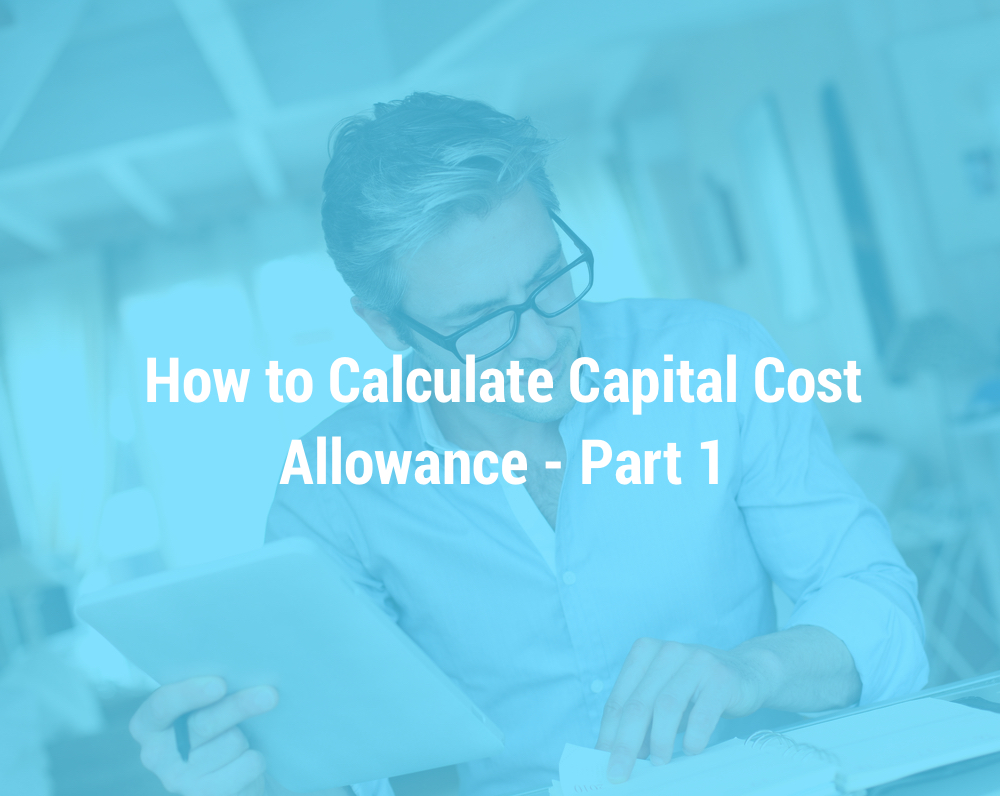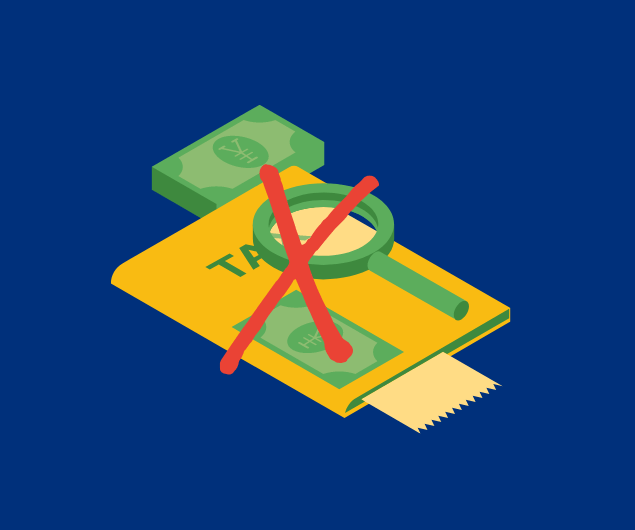
I was away with the Rock Star team last week at an entrepreneur conference in Cleveland.
Dan Kennedy, the host, is a successful businessman and the guru in direct response marketing.
The conference was all about the business principles that he lives by (some are very ruthless, but some are very practical).
He started the conference off by showing us a money pyramid.
The top 1% is the rich. The next 4% is prosperous. The next 15% have a good living. This population made up the top 20% of the world.
The next 60% struggle financially endlessly and the bottom 20% are broke all the time. These people are the bottom 80% of the world.
You can apply the same pyramid to everything in life.
If you want to be successful, follow what the 5% is doing.
Most people are comfortable being in the 80% because most people surrounding us are in the 80%.
To be in the 1%, it’s lonely and sometimes it sucks to be doing something that nobody can understand.
Whether you are in the top 1% or the 80%, it’s a choice. You can always make changes in your life.
I have friends complaining about how intolerable it is to take 1.5-hour commute to work downtown, but they choose to not do anything about it and simply “suck it up”.
I also have friends complaining about how difficult it is to lose weight but they never bother going to the gym. Again, it is a choice of theirs. You can choose to be in the 20% or the 80%.
It also applies to kids. One of my close family members was bullied when she was young. She didn’t fit in the 80% so she got bullied. It’s actually a great thing to be in the minority.
For those of you who are pursuing your dream, just know that you are not alone. Entrepreneurship is tough but we’re all in it together.
For those of you who are parents, it’s okay to be different from the rest of them. It’s great to instill the fact that being different is not necessarily a bad thing.
Now onto this week’s topic – the fun of calculating capital cost allowance. In one of my previous blog post, I talked about how to deduct capital cost allowance in the most advantageous way.
In today’s post, I would like to share with you how to calculate capital cost allowance.
What is capital cost allowance?
When you purchase depreciable properties, such as furniture, building or car, for your small business or real estate business, these properties wear out or become obsolete over time.
Capital cost allowance, or CCA in short, is the yearly deduction you can take against your income.
Depreciable properties can be written off, but they’re written off over time. Not immediately as a one time write off.
How is CCA calculated?
This really depends.
CCA is calculated on the type of depreciable assets you purchased.
Different types of depreciable properties are assigned to different classes, which are defined by the Income Tax Act.
For example, if you purchase a building for the business, the building belongs to Class 1.
Each class has its way of calculating the CCA.
For Class 1, you can only claim 4% on the building cost as capital cost allowance.
Year 1 calculation
If your building cost is $300,000, the first year CCA calculation is:
$300,000 x 4% x ½ (half year rule for first year) = $6,000
If your building is purchased for running your business, the entire $6,000 CCA can be deductible.
Year 2 calculation
CCA is calculated based on the undepreciated balance x 4% on building.
Undepreciated capital cost (UCC) is calculated as $300,000 – $6,000 = $294,000
CCA claimed in year 2 = $294,000 x 4% = $11,760
Special rules for rental properties
If your building is purchased as a rental property and you only own one rental property, the amount of CCA is capped by lower of your net rental income or $6,000.
Say your net rental income is $2,000 from the rental property, you can only claim $2,000 CCA in year 1. If you have a net loss, you are not eligible to claim any CCA on the building.
If you have multiple rental properties, the CCA claim is limited by the net rental income from the entire portfolio.
If you earn $5,000 from property 1 and your CCA calculation based on the formula above is $6,000.
And you have a net loss of $2,000 from property 2 and your CCA calculation based on the formula above for property is $7,000.
Your net rental income from your portfolio is $3,000.
You can only claim $3,000 CCA combined from these properties.
If you have net losses from both properties, you cannot claim any capital cost allowance.
The Income Tax Act views the entire rental portfolio to determine the amount of CCA you can claim.
Next week, we will go into details as to what happen when you sell the property, either a loss or profit.
Until next time, happy Canadian Real Estate Investing.
Cherry Chan, CPA, CA
Your Real Estate Accountant






Kei Kasai
Hi Chan I love your blog. It is very informative.
I was wondering if you have not claimed from the first year can I claim CCA including unclaimed amount from previous or any years prior to the current year?
Cherry Chan
CCA is calculated on the undepreciated capital cost balance. Unfortunately you cannot claim what could have been claimed in year 1. It is calculated on what has NOT claimed. Hopefully this makes sense.
Sandra
I am trying to understand this properly so correct me if I am wrong… If an individual (not a business) closed a property purchase in 2018 where the monthly rental income realizes a net loss (the monthly expenses exceeds the rental income) we are then unable to do a CCA for that year? There would then be no way of claiming any of the expenses associate with the purchase of that property (HST, Legal Fees, Real estate fees etc)?
Cherry Chan
Sandra, special rules are applied to rental property. First of all, CRA looks at all your rental properties as a whole. If your entire portfolio is incurring a loss, no CCA is allowed to be claimed.
CCA is a deferral, not a write off. It’s similar to RRSP. You will have to pay tax eventually when you sell a property on the CCA you claimed over the year.
Hope this helps.
Angela
Hi Cherry – since a CCA claim is maxed at the net rental income amount, can excess CCA be carried forward; if so, for how long? Also, are there limitations to how this can excess be applied — for example, if Year 1 CCA based on Property 1, can excess (due to low income in Year 1)unclaimed in Year 1 be claimed in Year 2 against income from Properties 1 and newly acquired Property 2? Or does is it just get settled (sort of) via a higher UCC at the end of each year when there’s an excess, so CCA in Year 2 will be higher.